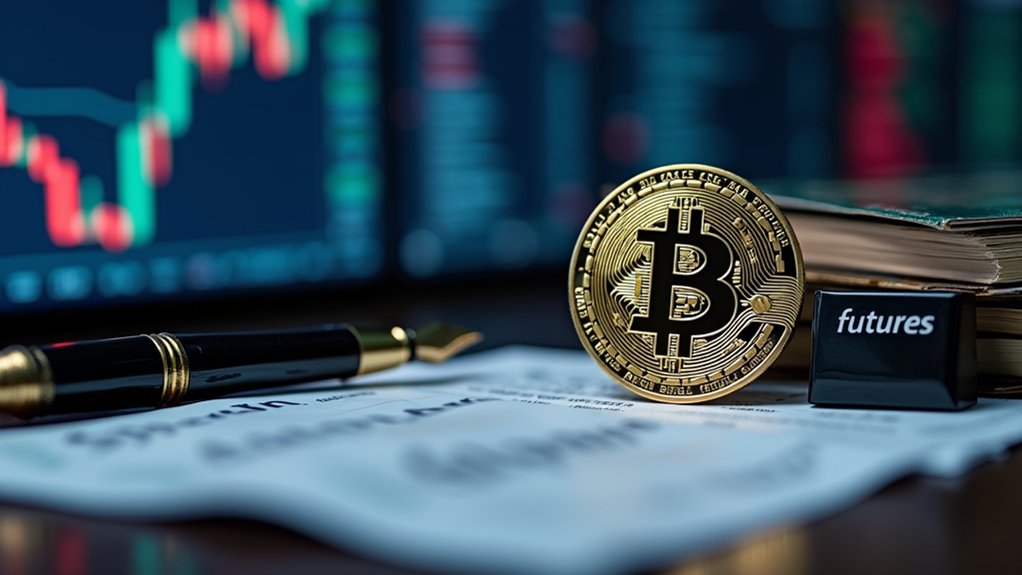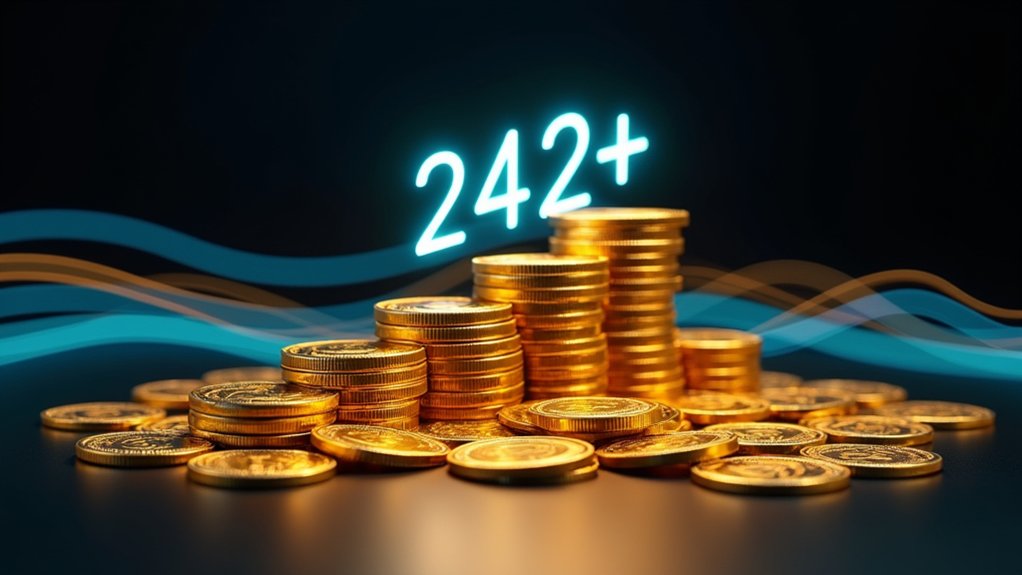The Shibarium bridge exploit, which occurred on September 12, 2025 and resulted in the unauthorized exfiltration of approximately $2.3 million in assets including Ethereum (ETH), Shiba Inu (SHIB), ROAR and KNINE tokens, represents a profound operational and reputational shock to the Shiba Inu ecosystem, as attackers leveraged a sophisticated consensus compromise—temporarily obtaining control of 10 of 12 validator keys via a flash loan-facilitated accumulation of 4.6 million BONE governance tokens—to authorize fraudulent exit requests within a single blockchain block, prompting immediate bridge suspension, a coordinated containment response from developers led by Kaal Dhairya, and intensified scrutiny of validator centralization, key-rotation inadequacies and cloud-based key management dependencies such as AWS KMS, while simultaneously raising complex governance questions regarding treasury-funded restitution, token burns, potential insurance claims and community-approved remediation pathways for asset recovery and long-term security hardening. Given the evolving landscape of staking rewards taxation, the incident may also have implications for user tax reporting obligations. The technical contours of the incident reveal an exploit that combined governance-token manipulation with timing precision, exploiting smart contract vulnerabilities in exit authorization logic while capitalizing on validator centralization to achieve a de facto majority signature threshold, which enabled the attacker to submit and validate fraudulent withdrawals within a single block before detection and suspension mechanisms could intercede. Initial forensic signals were identified by blockchain security firm PeckShield, and subsequent analyses indicate the attacker’s use of flash loans to transiently concentrate voting power, consequently subverting nominal decentralization through economic leverage, an attack pattern that underscores the intersection of DeFi composability risks and insufficiently distributed validator control. Operational responses have focused on containment and remediation, with developers immediately pausing the bridge, isolating signing keys where possible, and initiating audits of consensus and key-management processes, while communications have been tightly controlled to avoid facilitating further exploitation; concurrently, community governance discussions must weigh trade-offs between rapid treasury-mediated restitution, token-burning strategies to signal supply discipline, and the legal and insurance complexities of reclaiming stolen assets. The event thus functions as a case study in the systemic risk posed by concentrated validator authority and latent smart contract weaknesses, compelling a reassessment of cryptoeconomic governance, key rotation protocols, and cloud-based key custody dependencies to restore functional integrity and stakeholder confidence. Approximately $2.3M was reported stolen in the breach. Additionally, investigators have noted ongoing efforts to trace and freeze portions of the stolen funds, highlighting asset-tracing as a central investigative focus.
Author
Tags
Share article
The post has been shared by 0
people.









